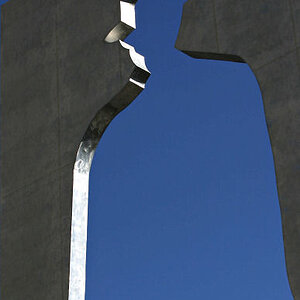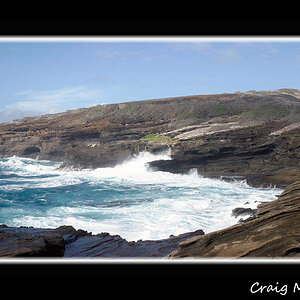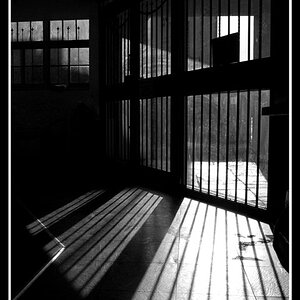William Baroo
TPF Noob!
- Joined
- Aug 30, 2023
- Messages
- 104
- Reaction score
- 14
- Location
- FL
- Can others edit my Photos
- Photos OK to edit
I see there are various types of wide lenses out there. Some are labeled "zero-distortion" because they minimize distortion and leave straight lines and right angles alone.
On the other hand, software lets you correct distortion.
Is software correction as good as using a zero-D lens, or does it give inferior results? If it's just as good, I have to wonder why two types of lenses exist.
On the other hand, software lets you correct distortion.
Is software correction as good as using a zero-D lens, or does it give inferior results? If it's just as good, I have to wonder why two types of lenses exist.


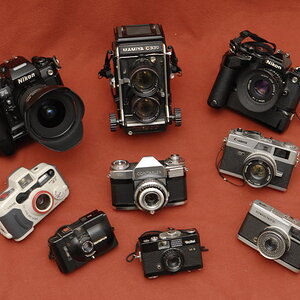




![[No title]](/data/xfmg/thumbnail/39/39191-629bf2c0bb5afb4619be296cd91b9517.jpg?1619738907)

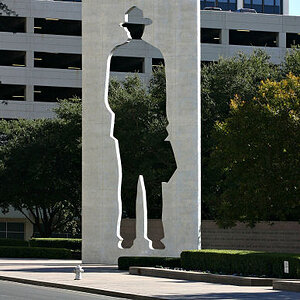
![[No title]](/data/xfmg/thumbnail/34/34129-d703825af0884060da6dd68f74046ef3.jpg?1619736300)
